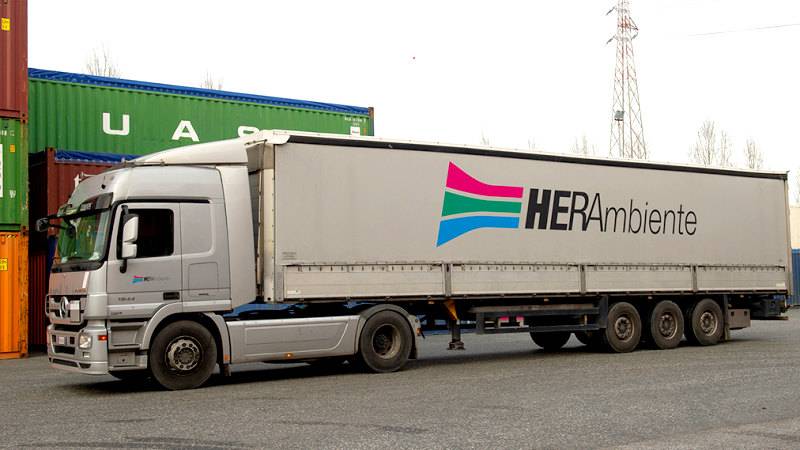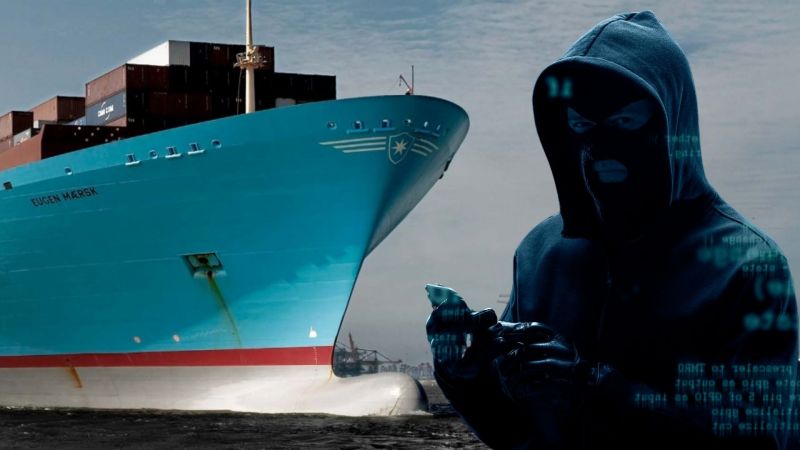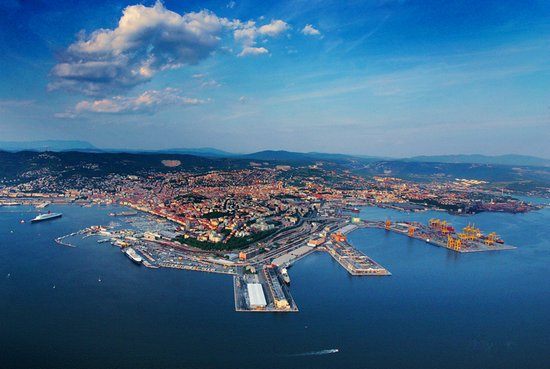On 25 March 2025, the World Shipping Council – which represents more than 90% of the world’s container shipping capacity – voiced strong opposition to a proposal by the Office of the United States Trade Representative (USTR) to impose retroactive and heavy port charges on ships built in China. The USTR initiative, part of a broader strategy to revive the domestic shipbuilding and maritime sector, aims to reduce reliance on foreign-built vessels. However, according to the WSC, the move risks having the opposite effect: increased costs, logistical inefficiencies and a knock-on economic impact, especially for agricultural exporters.
The proposal outlines a charge of up to $1.5 million for each port call made by a China-built ship, and up to $1 million for any vessel (even if not built in China) operated by companies that own or have ordered Chinese-built ships. In addition, the USTR suggests restricting the transport of US exports to a very limited number of vessels either flagged or built in the United States.
According to WSC President and CEO Joe Kramek, such measures, if enacted, would fail to change Chinese policy while “creating congestion at major ports and reducing services to smaller ports, as operators would look to minimise their number of US calls.” He offered a concrete example: a typical 6,600 TEU containership currently serving a route with six US calls would face such a spike in charges that it would effectively double the overall freight rates between New York and Rotterdam. This scenario could price many US exports out of international markets, particularly those most sensitive to cost.
The WSC stressed that the economic fallout would ripple through the entire value chain, affecting businesses, consumers and above all farmers, who are already competing in highly challenging global markets. US agricultural products, in particular, would suffer a loss of competitiveness, potentially resulting in reduced exports and job losses in rural areas.
While sharing the strategic goal of strengthening the national maritime sector, the WSC warned of the practical limitations of the proposed measures. According to Kramek, US shipyards are already heavily committed to military orders and face a chronic shortage of skilled labour. There is also an insufficient supply of certified seafarers to support the potential re-flagging of foreign vessels. In this context, the capacity to build new ships or handle a large-scale shift to the US flag remains severely constrained.
Beyond the economic and logistical concerns, the WSC has also questioned the legality of the proposed tariff. Kramek pointed out that the proposed charges “appear to go well beyond what is authorised by law.” In particular, Section 301 of the Trade Act of 1974 only permits action aimed at addressing unfair foreign practices. It cannot be used as a revenue-generating measure or to indirectly support domestic industry.
The WSC’s position is clear: “The Administration should work with Congress to develop a forward-looking and constructive strategy that can truly revitalise the US maritime industry.” The expertise to do so exists, Kramek assured, and industry stakeholders are ready to contribute their experience.






































































